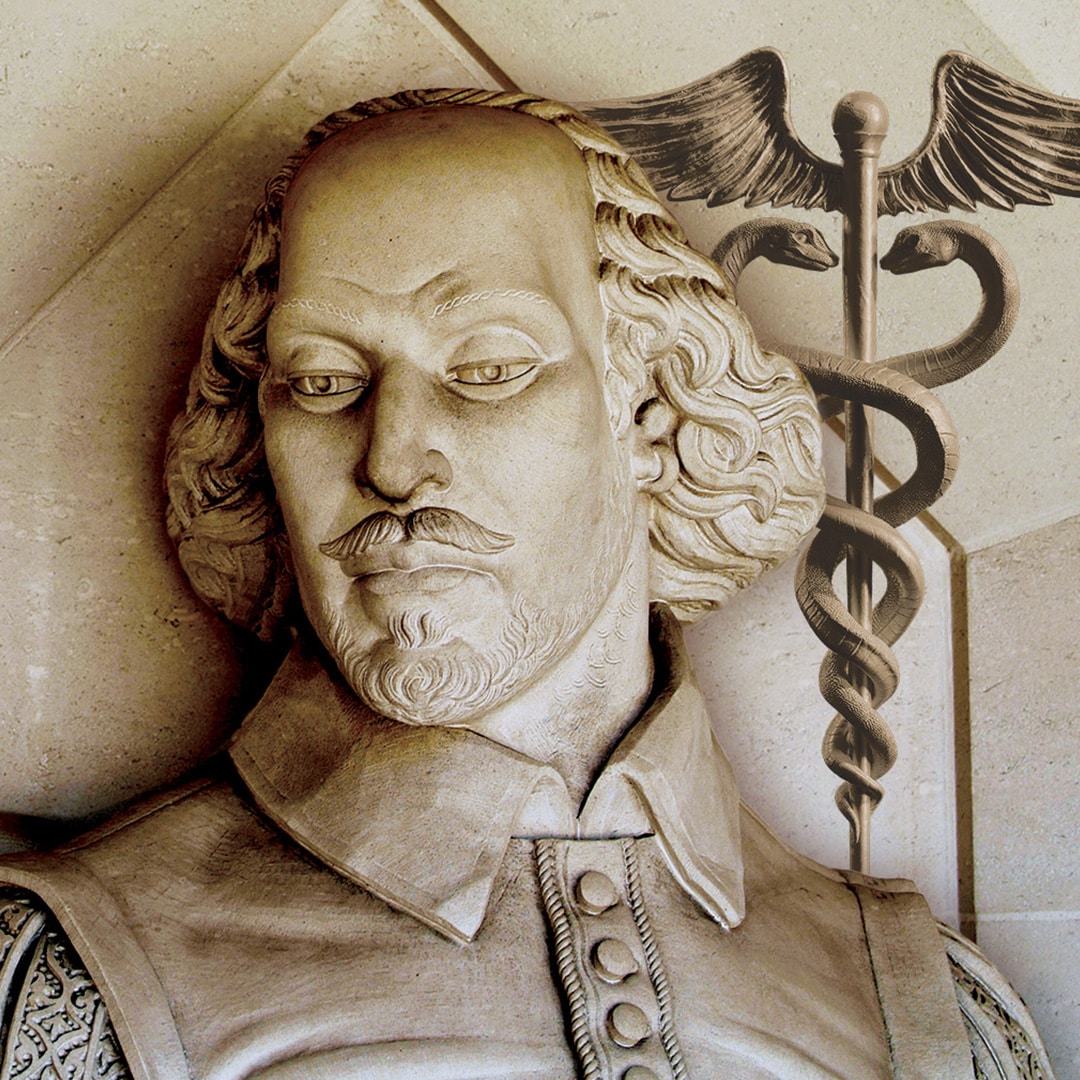Animal spirits and unknown fluids
Controlled nerves until Galvani showed
Otherwise, his electricity bids
Muscles to contract in frog or young toad
A spark was set in gay Paris, Marey
Revealing conduction, the cardiogram
Was born, a great city for heart’s very
Flutter, the rhythm of life a diagram
Of ups and downs, waves peaks and troughs on show
Where arrhythmias and disturbances
Predict patterns of death or life just slow
Perhaps tablets to improve the chances
The waveform of existence on a chart
Reveals to the world the health of your heart
Backstory
For centuries, nerves were assumed to be under the control of animal spirits or mysterious fluids that dripped from them onto muscles for their stimulation. The profound work of Luigi Galvani in Bologna, Italy, in the eighteenth century established that electricity was the ‘substance that filled the nerves’. In 1791 he published his study ‘Commentary on the Effects of Electricity on Muscular Motion’. It does not seem that he followed up this work with observations on the heart, but others did over the next half century, particularly E-J Marey in Paris who studied ventricular contraction and other heart activity, producing the first crude electrocardiogram with a dog in 1875. It was a French-British physiologist, A. D. Waller, who recorded the first e.c.g. in a human in 1897.
Waller’s work laid the foundation of modern electrocardiography. His basic discovery, in which he could only discern ventricular depolarization and repolarization, led to the immensely important work of the Dutch physiologist Willem Einthoven, who used a refined string galvanometer and capillary electrometer to record the cardiac rhythm in which he was able to reveal five distinct points, which he referred to as P, Q, R, S and T, this annotation still being in use today.



